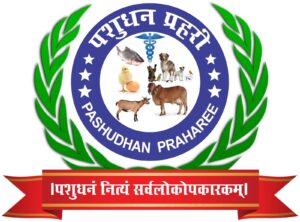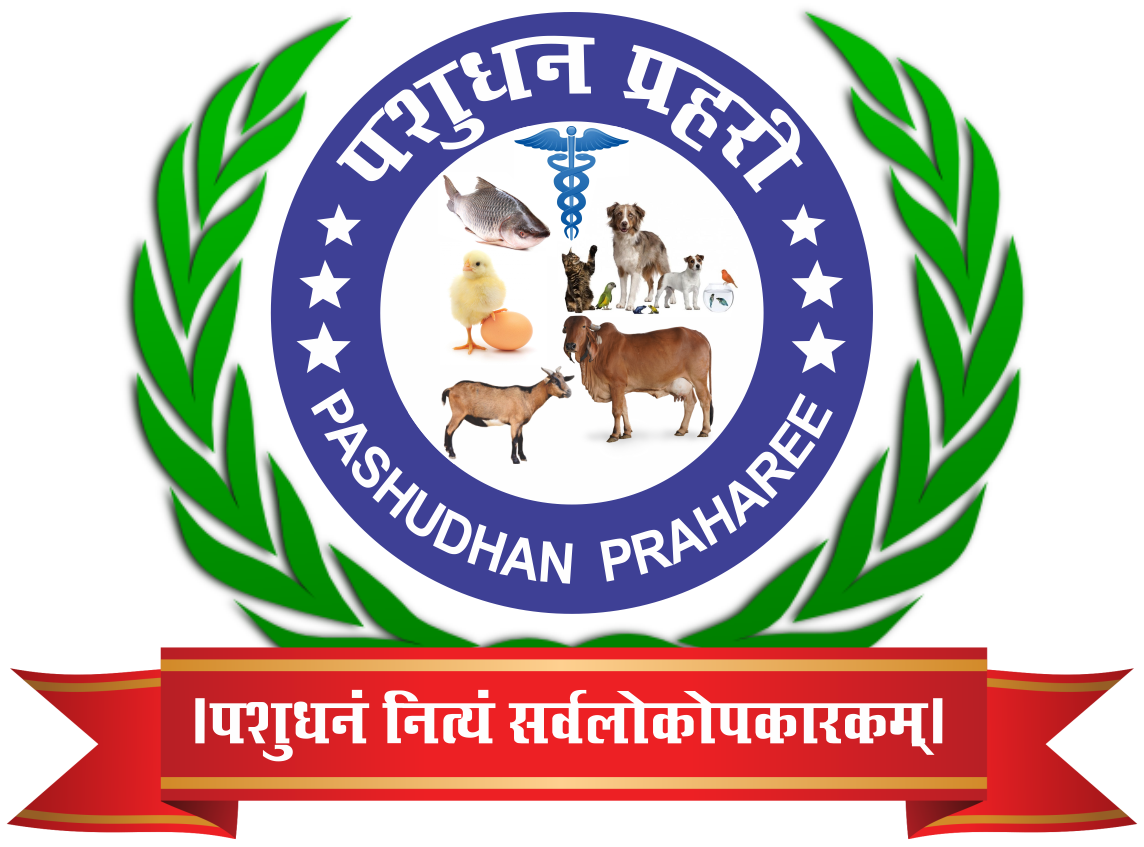Winter stress and its effects on cattle production
Apoorva Rawat1, Meena Mrigesh2 Simran jeet Singh3,
1 Internship Student,
2 Associate Professor, Department of Veterinary Anatomy
3PG Scholar, Department of Veterinary Medicine
College of Veterinary and Animal Sciences, GB Pant University of Agriculture and Technology, Pantnagar, Udhamsingh Nagar, Uttarakhand- 263145
Corresponding Author: apoorvar.2024@gmail.com
Introduction
Cattle health and productivity can be severely affected by cold stress, particularly in regions experiencing extreme winter conditions. When environmental temperatures deviate from the thermoneutral zone, cattle experience physiological disruptions, such as altered hematobiochemical parameters, increased blood glucose, elevated liver enzyme activity, and weakened immunity. Cold stress further impacts reproductive efficiency, milk yield, and milk composition. Adaptations at the cellular level, including changes in gene expression and protein synthesis, play a vital role in helping cattle endure such stress.
Animals function optimally within their thermoneutral zone, which allows for normal performance in production and reproduction. Deviations, particularly below the lower critical temperature (LCT), negatively affect animal performance (Manzoor et al., 2021).
Environmental factors like solar radiation, wind speed, and relative humidity play a critical role in determining cold stress conditions (Laven & Holmes, 2008; Angrecka & Herbut, 2015). Cattle adapt through behavioral and physiological mechanisms influenced by age, breed, sex, skin structure, and body surface area (Demirören, 2007). The LCT varies depending on the cattle’s life stage: approximately 5°C for calves, 14°C for adults and dry cows, and 25°C for lactating cows.
Bos taurus breeds are generally better suited for cooler climates, while Bos indicus breeds thrive in tropical regions due to their lower metabolic rates.Studies in Harbin and Beijing reported milk production losses of 8.3% and 7.5% during entire lactation periods under cold stress conditions.
The temperature-humidity index (THI) remains a widely recognized indicator of thermal stress. Xu et al. (2015) provided the following classification for cold stress levels:
| Temperature humidity index (THI) | Stress level |
| >38 | No stress |
| 25-38 | Mild stress |
| 8-25 | Moderate stress |
| (-12) to 8 | High stress |
| (-25)to (-12) | Extreme stress |
| <-25 | Dangerous stress |
1.Haemato-biochemical profile of cattle in cold stress: Basically, during cold stress Cortisol levels get elevated which is a common indicator of stress, alongside abnormal enzyme activity leads to potential liver function disruptions. Furthermore, by monitoring these Hematobiochemical markers, farmers and veterinarians can gain a clearer picture of a cattle’s health status, enabling them to detect early signs of stress or illness.
- Biochemical Shifts During: Cold stress intensifies the body’s energy demands, leading to higher blood glucose levels as reserves are utilized for thermoregulation. Elevated liver enzymes, such as AST and ALT, indicate potential liver strain due to cold exposure.
- Haematological Parameters: Exposure to cold stress increases red blood cell (RBC) count and haemoglobin concentration to enhance oxygen delivery. Additionally, neutrophil counts rise due to immune activation, while lymphocyte counts drop, reflecting stress-induced immune suppression.
- Electrolyte Imbalances in Cold-Stressed Cattle: Reduced water intake during colder months often leads to dehydration, compounding physiological stress. Providing cattle with clean, unfrozen water is crucial for preventing electrolyte imbalances.
- Immune Response : Research highlights a decline in lymphocyte levels and serum immunoglobulin concentrations during cold stress, which impairs immunity and increases susceptibility to respiratory infections.
- Impact on reproductive efficiency:
- i) Female reproduction
- a) Delayed Estrus Cycles:Cold stress prolongs intervals between estrus cycles as energy is redirected from reproduction to maintaining body temperature (Sahib et al., 2024).
- b) Embryonic Development:Reduced uterine blood flow during cold stress compromises nutrient and oxygen supply to embryos, increasing the risk of embryonic mortality (Pradhan et al., 2008).
c)Reduced Conception Rates: Decreased fertility rates are often observed, with extended calving intervals as a consequence (Chowdhury et al., 2023).
- ii) Male Reproduction
- a) Spermatogenesis:Prolonged exposure to cold affects testicular temperature regulation, reducing sperm quality and motility (Sahib et al., 2024)
- b) Libido Reduction: High energy demands during cold stress result in reduced mating activity and fertility success (Pradhan et al., 2008).
- Milk yield and milk composition: Cold stress impacts milk composition by reducing milk protein and fat content, primarily due to decreased energy intake from forage. Kaygusuz and Akdağ (2021) observed a negative relationship between milk fat content and total dry matter rates under cold conditions.
4.Nutrition and Energy Allocation: Cold stress impacts milk composition by reducing milk protein and fat content, primarily due to decreased energy intake from forage. Kaygusuz and Akdağ (2021) observed a negative relationship between milk fat content and total dry matter rates under cold conditions.
5.Cellular response towards cold stress: Cells exposed to cold activate stress pathways like the p38 MAP kinase cascade, which governs cellular apoptosis and adaptation. Upon rewarming, apoptosis may occur, influenced by exposure duration, temperature, and cell type. Extreme cold conditions trigger ice crystal formation, causing irreversible necrotic damage to cellular structures.
Management strategies to mitigate cold stress:
1.Nutritional management:
- Increase feed energy levels to 77% total digestible nutrients (TDN) and crude protein to 17.5%.
- Fibre content should be raised to 20% to maintain milk fat percentages and mitigate cold effects.
- Cattle kept outdoors require 15-20% more feed compared to confined animals.
- Shelter management:
- Provide adequate sheds with protection from winds.
- Use heaters and curtains to retain warmth and maintain relative humidity at 40-80%.
- Health management:
- Follow vaccination schedules, deworming protocols, and provide nutritional supplements.
- Prevent coccidiosis by maintaining clean and dry conditions.
- Use teat dips to prevent frostbite and conduct regular hoof inspections to avoid lameness and laminitis.
Conclusion:
- Winter stress poses significant challenges for animals, impacting their survival, reproduction, and overall health. To endure the harsh conditions, animals employ a variety of strategies, such as migration, hibernation, or physiological adaptations like growing thicker fur or increasing fat reserves. Despite these adaptations, the stress of limited food, extreme cold, and increased predation risks can still result in significant mortality and energy depletion. Understanding these challenges is crucial for conservation efforts, particularly in the face of climate change, which disrupts traditional weather patterns and exacerbates the stress animals experience during winter. By studying and mitigating these impacts, we can better support wildlife populations and preserve biodiversity.





